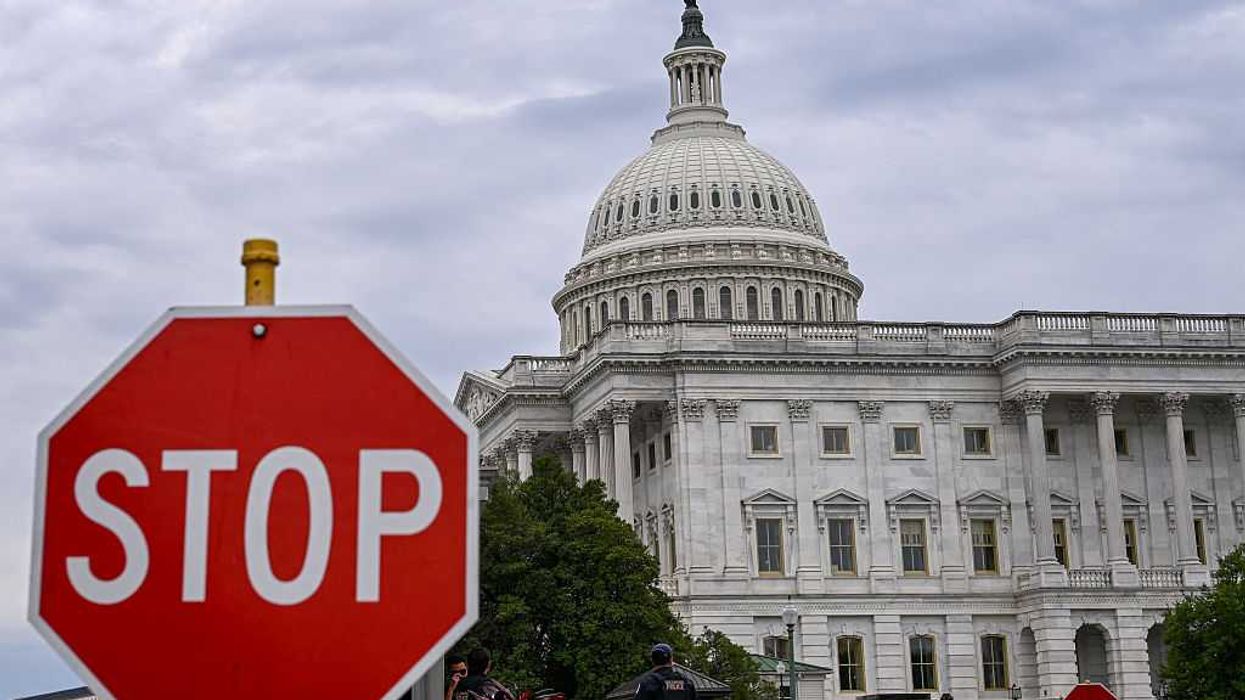Dear Gov. Cuomo:
In light of your comments this past Friday, in which you declared that those “…extremist conservatives who are right-to-life, pro-assault weapon, anti-gay” have no place in the state of New York, we would humbly request a written explanation as to whether or not we are welcome to do business in this state. For many of our employees are pro-life and believe strongly in the Second Amendment. All of us will stand against any group being discriminated against.
But if we are not welcome, we will leave.
To give you some background on who we are and what we believe, Mercury Radio Arts and TheBlaze Inc. is a multimedia news, opinion and entertainment company, dedicated to delivering high-quality programming 24 hours a day, 7 days a week. Through our Mercury One non-profit organization, we have also raised and given away for emergency relief over $14 million since its inception.
We were the first responders to Coney Island during Superstorm Sandy, not the federal government and not the state government, but Mercury One. We are good neighbors. We employ approximately 200 people in the State of New York and well over 300 people nationally from Washington D.C. to Dallas, Texas.
Our television content is broadcast to millions of people across America, including to New Yorkers through Dish Network and Cablevision.
Our internet content is seen by over 24 million unique visitors a month across the world.
Our radio content is carried on 400 stations and heard by millions across the nation daily.
Under the leadership and vision of our executives, one of whom incidentally was previously the Chief Executive Officer of the Huffington Post, our employees earn and are provided with the highest quality health care money can buy, regardless of its rapidly-increasing cost.
We are fathers, mothers, sons, daughters, brothers, sisters, entrepreneurs, dreamers, visionaries, hard-workers, straight, gay, black, white, believers, non-believers, liberals and conservatives. More importantly than any one of these labels, we are decent and kind human beings, and upstanding, loyal and patriotic Americans.
We are principled in the content we provide, and we work under a simple ethos: We tell the stories of love and courage where the good guys win.
We will stand with those with whom we may often disagree, like GLAAD, when they defend Russian citizens against hetero-fascists who argue that gays should be thrown in the ovens.
We will stand with a Hispanic actress who is compelled to resign from a performance because she happens to endorse a conservative candidate and we will stand with an MSNBC host who makes a mistake in a segment on race.
We think it was wrong when President Franklin D. Roosevelt interned Japanese Americans, and when our government mistreated Native Americans, such as during the massacre at Wounded Knee. For Manifest Destiny is wrong now and it was wrong then.
Why do we take these positions that at times do not comport with your notion of “extreme conservatives?”
We do so because we don’t believe people are parties.
We don’t see things as left and right. We see things as right and wrong.
And we believe that the only moral position is to stand up to bullies and fascists of all kinds. We believe in equal rights for all and special privileges for none. We believe it’s our duty to dedicate our life and sacred honor to all American citizens, and every last one of us deserves and has a right, not from our government, but from our Creator, to be heard.
If the majority tramples on the rights of the minority we all lose.
And the most important minority is the individual – whether he or she be an “extreme conservative” or an “extreme progressive.”
The fundamental basis on which our country was built was on robust free speech. The very first right that the Founders of this nation enshrined in our Bill of Rights was freedom of speech because we created this country to escape the yoke of tyranny. When freedom of speech is chilled, we cannot openly express our ideas, and without competing ideas there can be only tyranny.
If a man cannot be free in his thoughts, can a man be free?
If a nation cannot tolerate all thoughts, can a nation be free? Is not our very strength as a country measured on its ability to tolerate and encourage all ideas?
Do we not all lose something when any one of us is excommunicated from society for our deep-seated opinions and beliefs?
So Gov. Cuomo, we must ask in light of your comments, would you build a tyranny here in New York? Would you stand against your constituents and blot them out into the darkness merely because you disagree with them, or because it serves you or your party politically? Would disenfranchised peoples have ever gained their freedoms in this country were it not for the right to free speech, and the pluralistic and truly diverse society that free speech facilitates?
Our organization creates jobs for hundreds of people in your state, and provides news, opinion, entertainment and a helping hand for millions of people across this country. Are our contributions, tax dollars, and genuine goodness as citizens not welcome here?
We respectfully request an answer on whether there are two classes of citizens.
But Gov. Cuomo, it’s not us that you should worry about, because as we have seen, every time this kind of speech is taken up by those in power, eventually history demands an answer.
Respectfully,
Glenn Beck
Founder and President of Mercury Radio Arts and TheBlaze Inc.

 ALEX WROBLEWSKI / Contributor | Getty Images
ALEX WROBLEWSKI / Contributor | Getty Images
 JIM WATSON / Contributor | Getty Images
JIM WATSON / Contributor | Getty Images Joe Raedle / Staff | Getty Images
Joe Raedle / Staff | Getty Images AASHISH KIPHAYET / Contributor | Getty Images
AASHISH KIPHAYET / Contributor | Getty Images